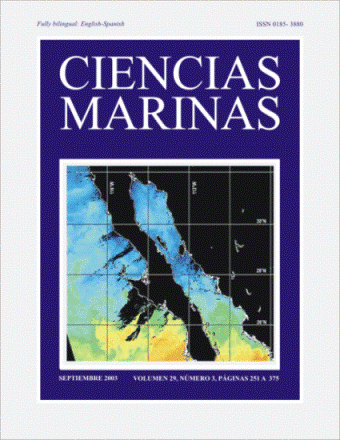Deriving sediment quality guidelines in the Guadalquivir estuary associated with the Aznalcollar minig spill: A comparison of different approaches
Main Article Content
Abstract
Concentrations of heavy metals (Fe, Zn, Cd, Pb, Cu and Mn) and sediment toxicity tests (mortality of amphipods, Ampelisca brevicornis, of clams, Scrobicularia plana, and of fish, Solea senegalensis) were used to derive sediment quality guidelines (SQGs). The approaches are based on the determination of LC50, on the application of a multivariate analysis (MAA), and on the Threshold Effect Level Quotients (TELQs). All approaches lead to consistent SQGs. The range of concentrations established with MAA results in narrower uncertainty ranges. Sediment toxicity estimated by TELQs is in good agreement with that determined experimentally. In terms of the toxic mud concentration, the maximum and minimum LC50s (for fish EC50s) are 1.07% and 0.44% for amphipods, 5.75% and 1.25% for clams, and 7.24% and 1.97% for fish, based on dry weight. However, heavy metal concentrations or ranges should be used only as a first tier in a "weight-of-evidence" approach to determine the environmental quality in aquatic systems. The use of SQGs for the management of these systems should be taken with care, especially those used for the management of dredging processes.
Downloads
Article Details
This is an open access article distributed under a Creative Commons Attribution 4.0 License, which allows you to share and adapt the work, as long as you give appropriate credit to the original author(s) and the source, provide a link to the Creative Commons license, and indicate if changes were made. Figures, tables and other elements in the article are included in the article’s CC BY 4.0 license, unless otherwise indicated. The journal title is protected by copyrights and not subject to this license. Full license deed can be viewed here.

